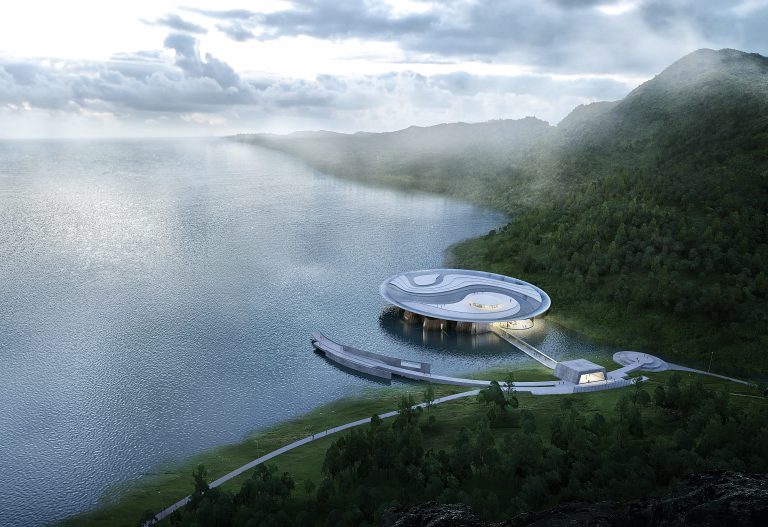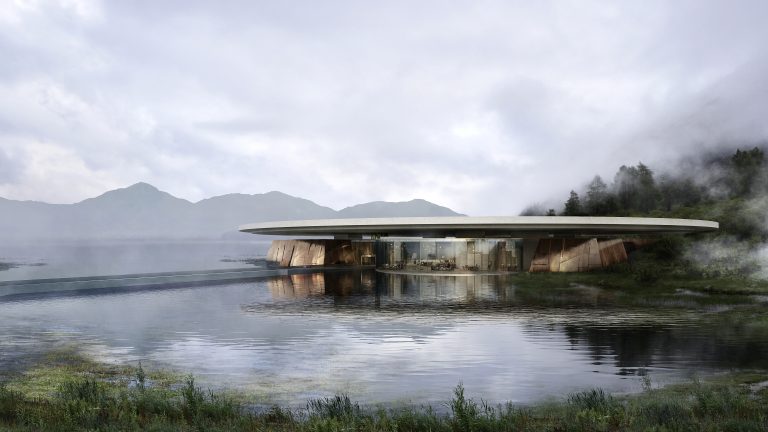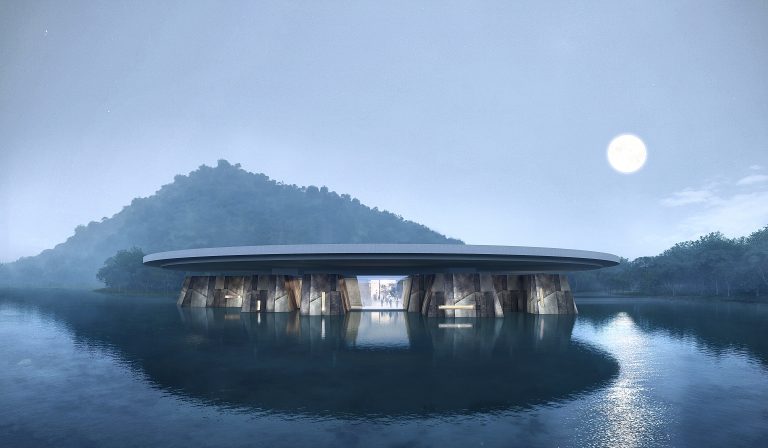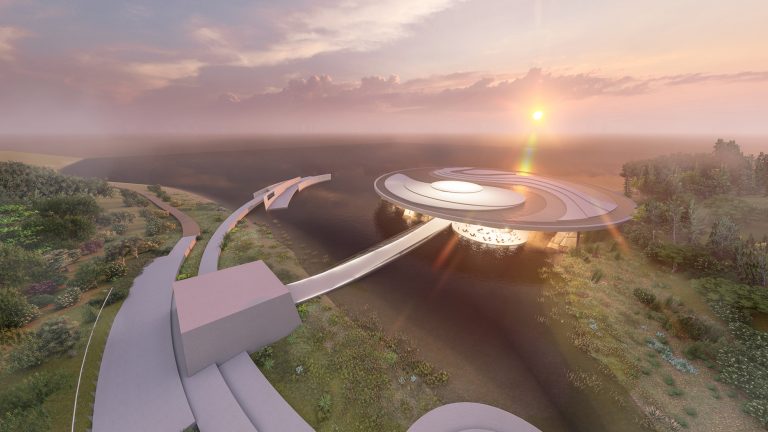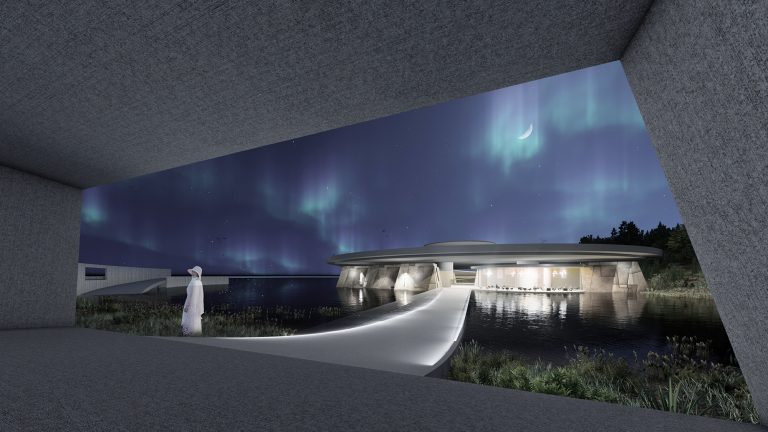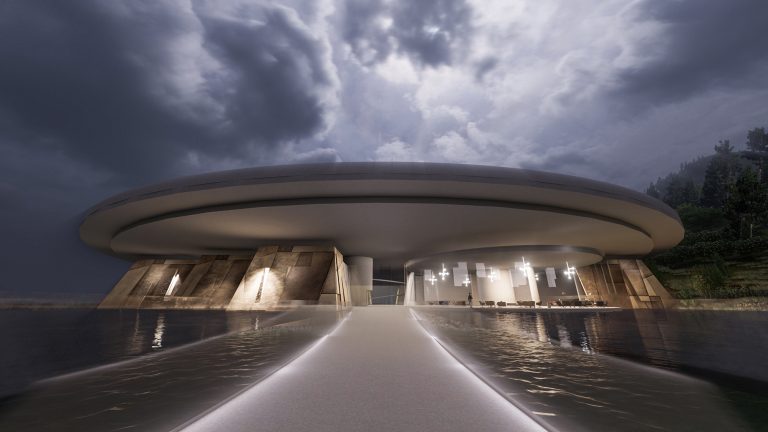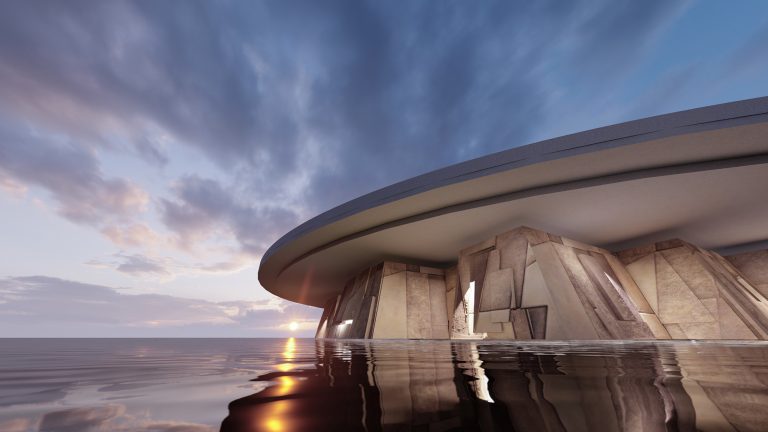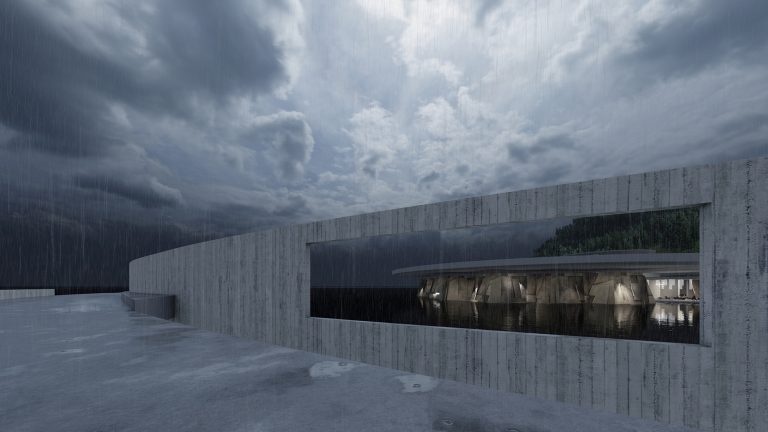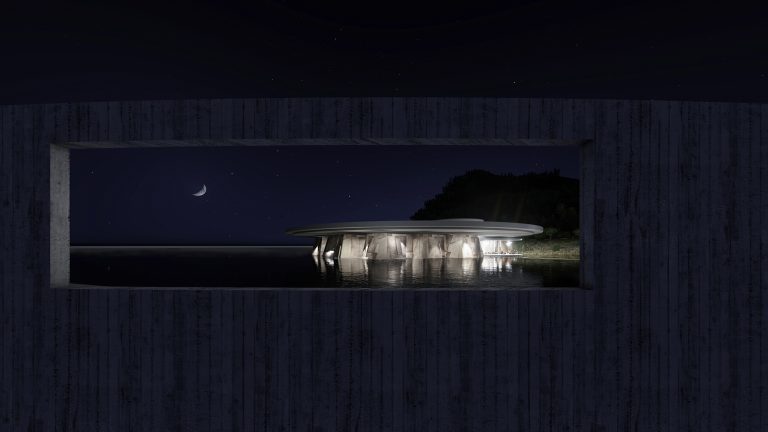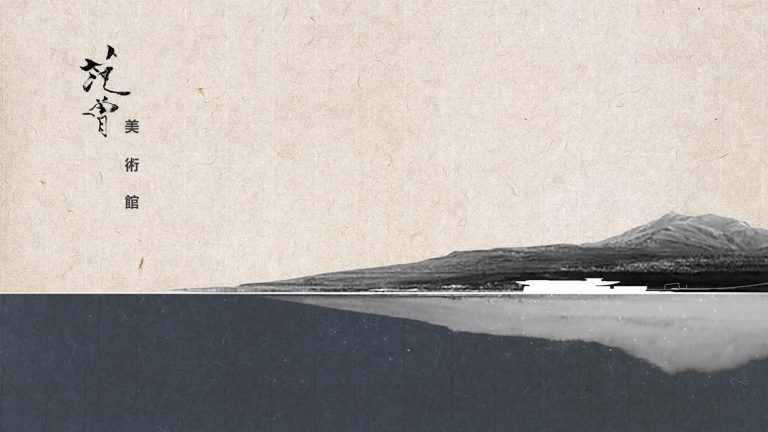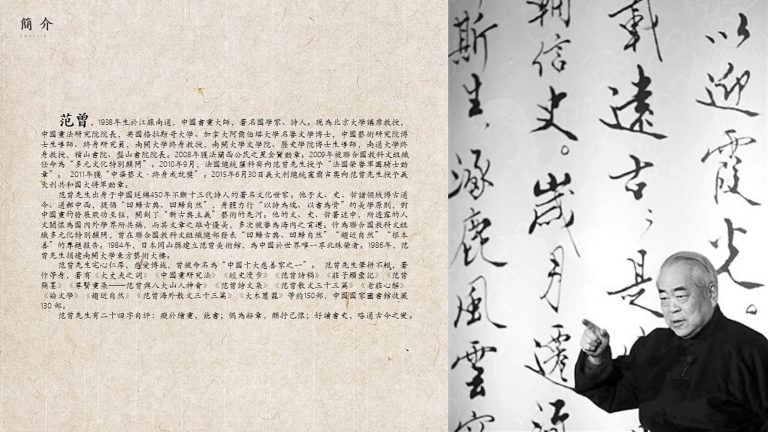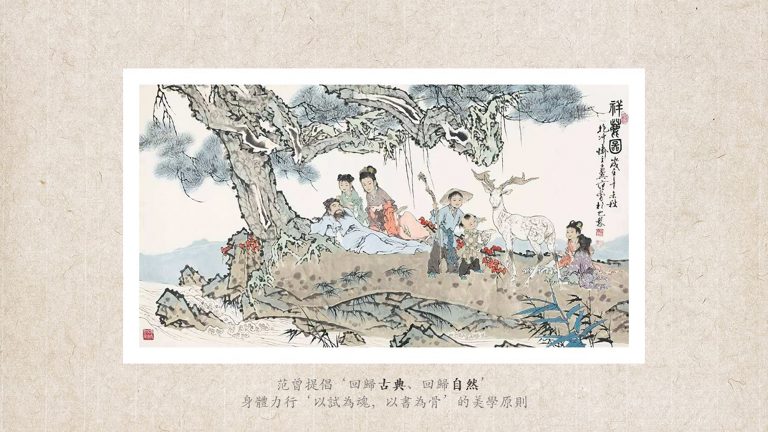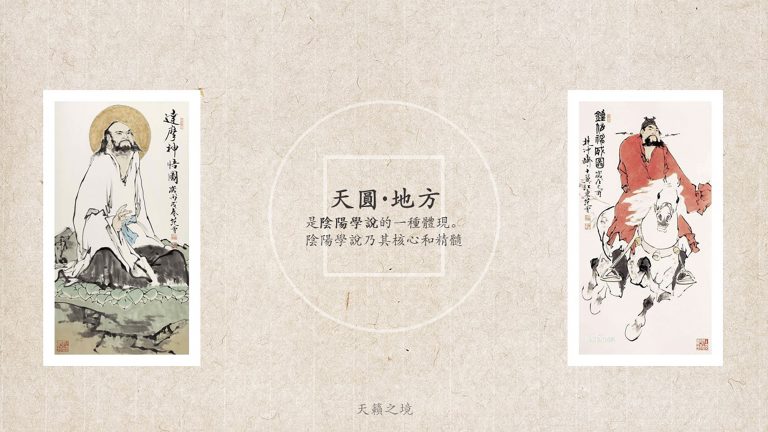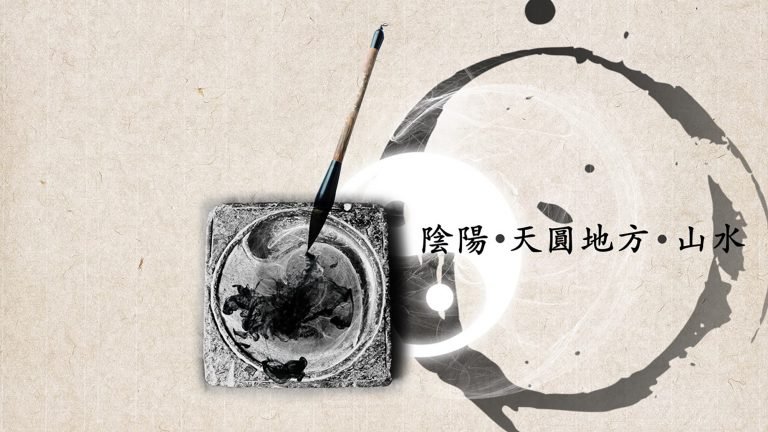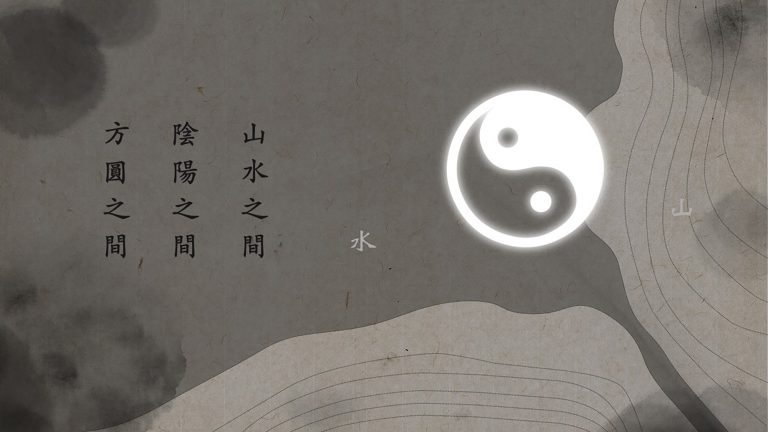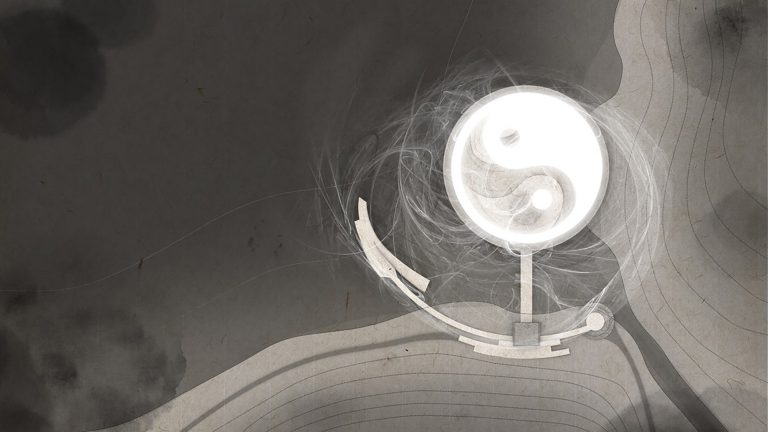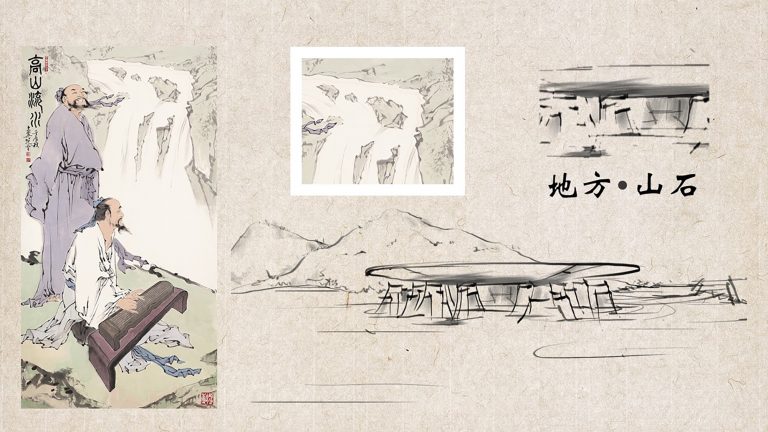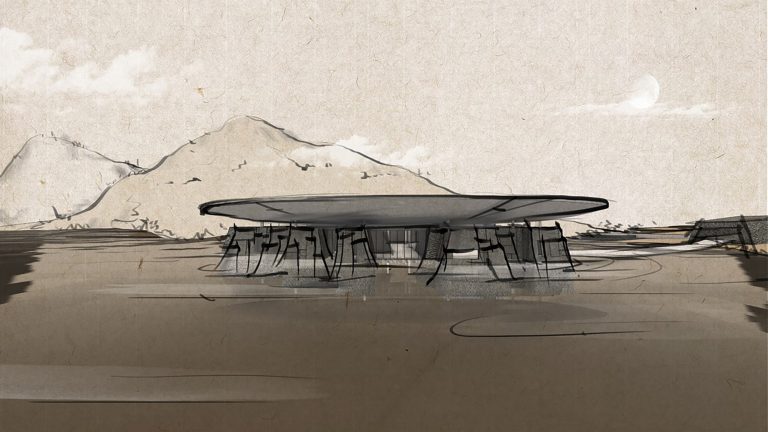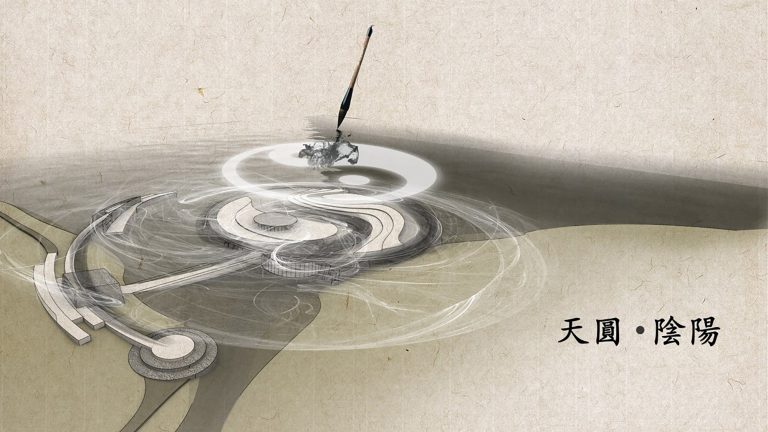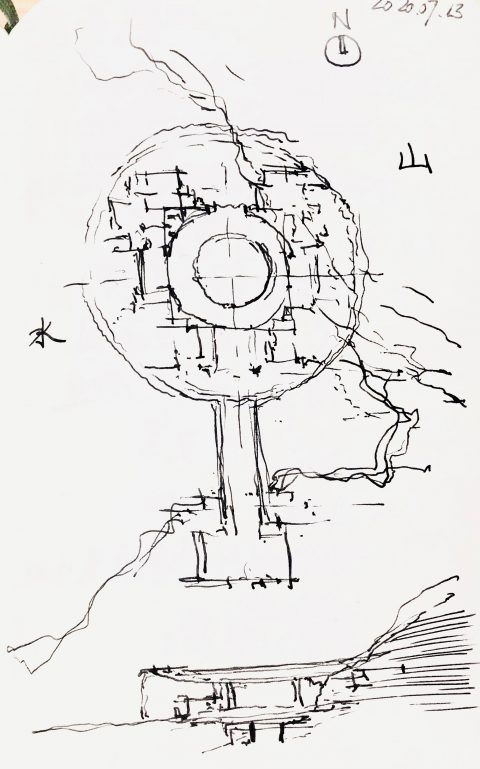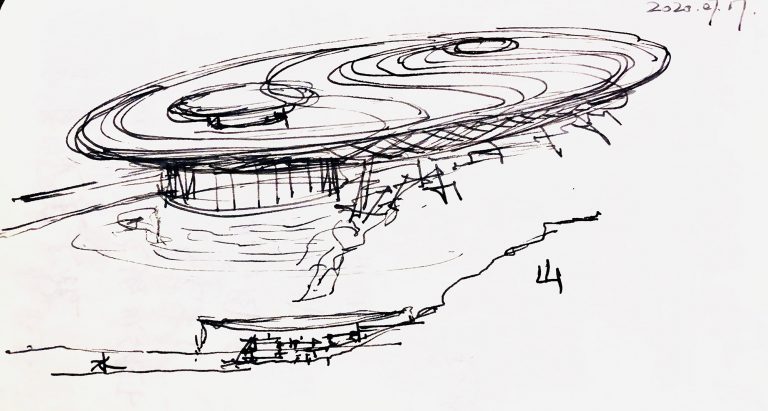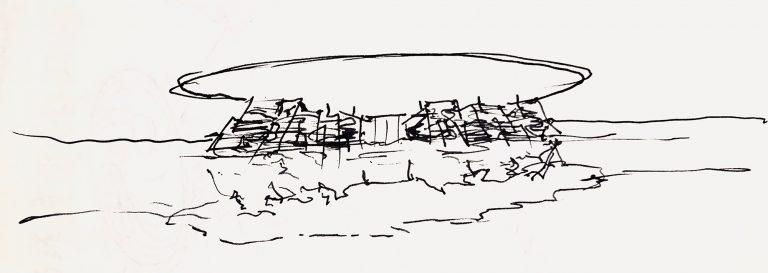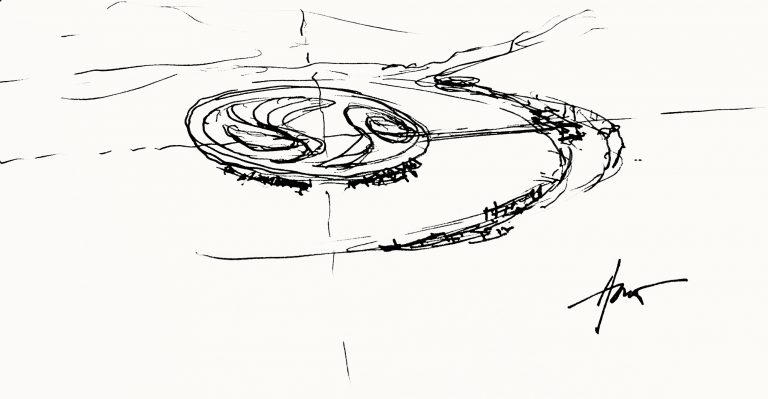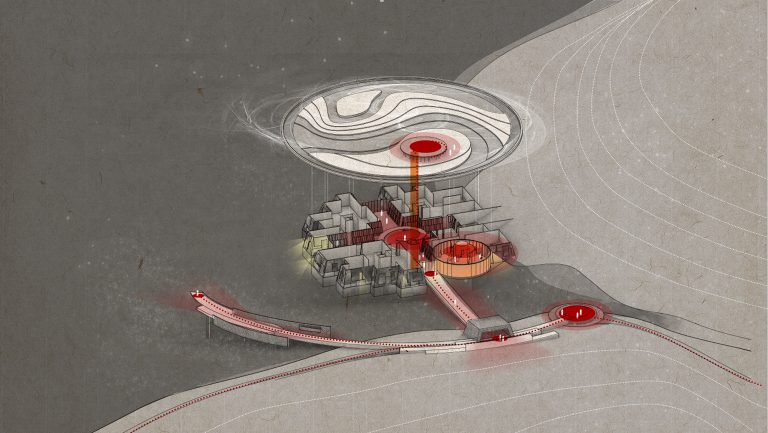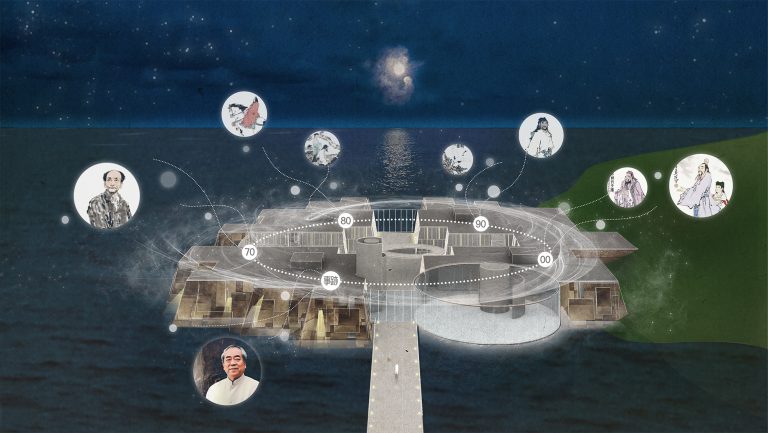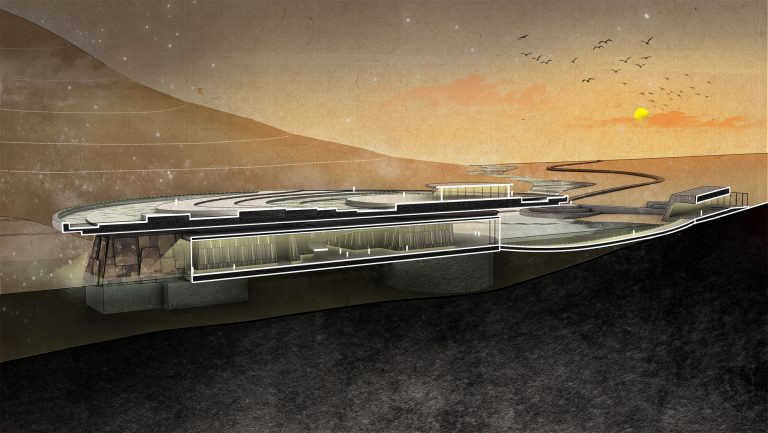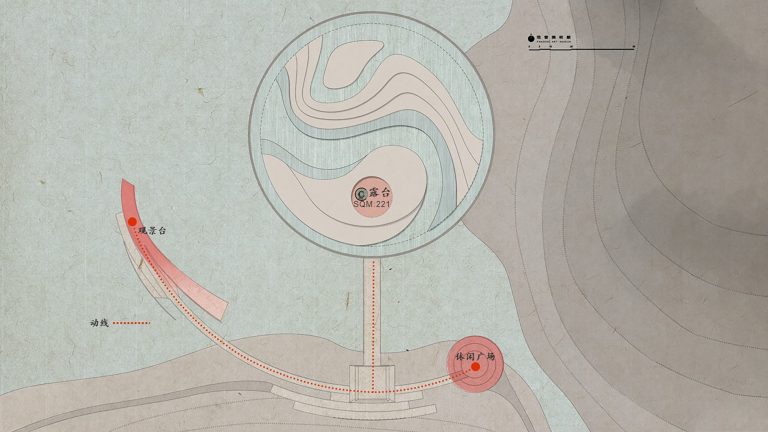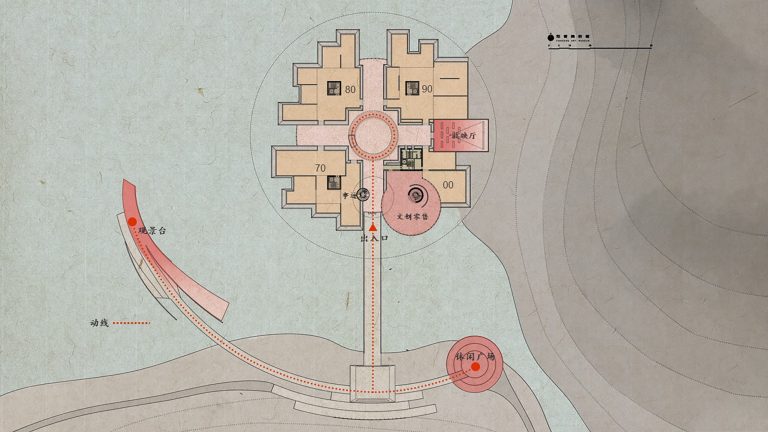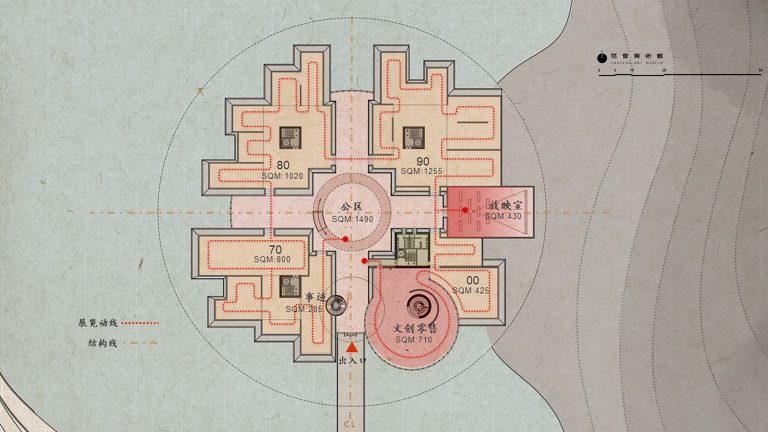Fan Zeng - Art Museum
TYPE
Sustainable / Cultural / LandscapeLOCATION
Jiangsu, ChinaAREA
8,470 square meterDATE
September 2020Introduction
Fan Zeng – Art Museum
As a master of Chinese painting and calligraphy, famous Sinologist and poet, Fan Zeng puts forward the aesthetic principle of “returning to the classical, returning to nature, practicing, taking poetry as the soul and books as the bone”.
We are rooted in Mr. Fan Zeng’s painting concept and traditional Chinese studies. The building adopts the round sky and the square place and the brush strokes of Mr. Fan Zeng’s mountains and stones as the design inspirations and takes the stone as the base to hold up the universe and everything, and finally everything evolves. The external form emphasizes the architectural language form of national style, and the internal environment serves the works itself, ensuring the audience’s appreciation and experience of the work. The museum experience is not only about the exhibition itself, but also about architecture and space. The exhibition experience can make people temporarily separated from the reality of life and also make them enter into a spiritual field through design. This is the problem we have been thinking about: how to build up the communication hub by virtue of its own uniqueness and excavate the multi-cultural value.
The “round” roof design of the art Museum, with a landscape shape like ripples of water, adopts the main concept of “round sky” in the architectural space, with water features overlapping with terraces. At the same time, the rock facade also forms the core architectural form of the place, which enriches the changing effect of the facade sequence. This design also fully embodies the painting characteristics of Mr. Fan Zeng, thus creating a natural ecological architecture.
The landscape design of the surrounding pedestrian path and bridge provides recreational space for people, framing views with geometric forms by extracting natural environment symbols, increasing architectural experiences, the landscape is given priority to with corridor rest viewing platform, and echoes the “circular” architectural geometry of the museum itself. At the same time, the building base is even more distinctive when the building reflects in the water.
